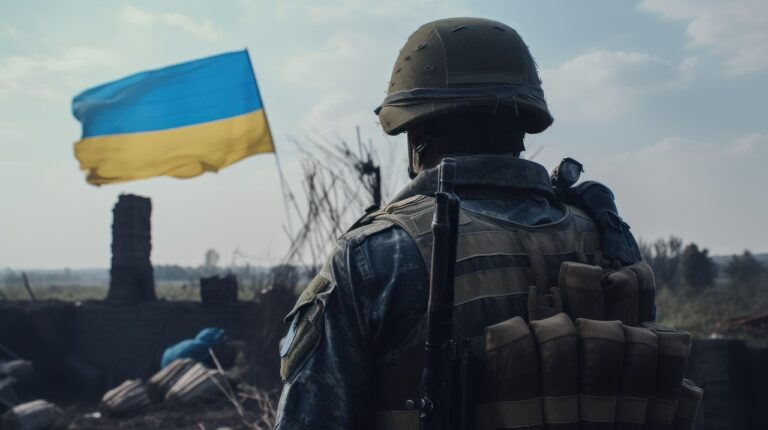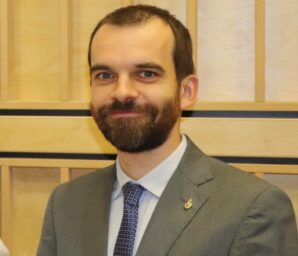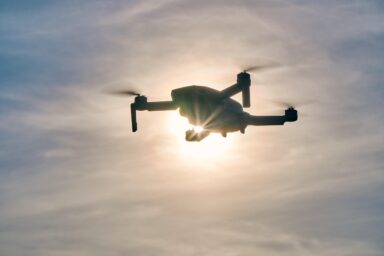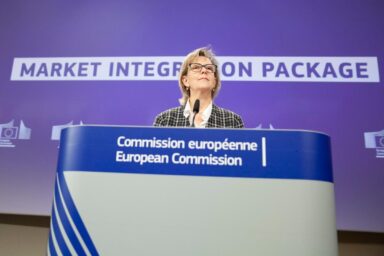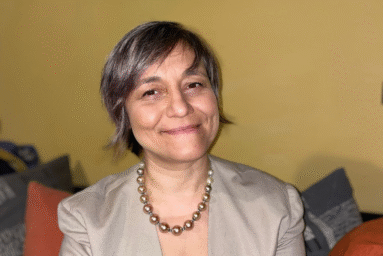A summit between US President Donald Trump and Russian President Vladimir Putin is edging closer — but through a haze of mixed signals and strategic misdirection. The White House initially said the meeting would depend on the Russian leader agreeing to subsequent trilateral talks with Ukrainian President Volodymyr Zelenskyy. But the Kremlin denies any such proposal was made. Some European lawmakers warn Moscow is once again playing for time — just as secondary US sanctions on Russian oil buyers come into force Friday.
A president who vowed to end the war in Ukraine on day one has found securing concessions from Moscow to be more than elusive. Even now, with a potential summit with Mr Trump and his counterpart looming, analysts agree that Russia hasn’t budged on its position since launching its invasion in February 2022. Despite Mr Trump’s claim that this week’s meeting between his envoy Steve Witkoff and Vladimir Putin was positive, the Kremlin continues to push its own, original demands. These are: Ukrainian withdrawal from four key regions, an end to Kyiv’s NATO ambitions, sweeping demilitarisation, and what Putin still calls the “denazification” of Ukraine—terms that are unacceptable to Zelenskyy’s government. Despite growing war fatigue reported in a Gallup poll this week, an unwillingness to compromise is unlikely to lead to success.
The elusive breakthrough
Mr Trump has repeatedly stated that he wants to “stop the killing” and has insisted that “very serious” talks are underway. If there were to be a breakthrough, it would arguably be Mr Putin agreeing to meet with Volodymyr Zelenskyy—something the latter has repeatedly said he is ready for. The US president suggested a trilateral meeting would follow, but the Kremlin quickly denied the subject even came up. Russia’s deputy UN ambassador Dmitry Polyanskiy said on Thursday that Putin could meet with Trump next week, but was unaware of any plans for a meeting between all three, which would represent a major next step.
“No one wants peace more than Ukraine and the EU (…) of course, we welcome any pressure to ensure that Russia is at the negotiating table.” – Anitta Hipper, spokeswoman for Foreign Affairs and Security
Mr Trump also later appeared to back down. Speaking to reporters in the Oval Office on Thursday, he said that the Russian president did not have to meet with Zelenskyy first before the US and Russian presidents could meet. At best, the messages have been mixed, and Mr Putin, quoted in The Guardian, made clear that conditions would have to be very different for him and Zelenskyy to gather in the same room. “I have nothing against it in general; it is possible, but certain conditions must be created for this,” the Russian leader reportedly said.
Without a trilateral meeting agreed, numerous observers worry Russia is again playing for time. The development also left many wondering why the EU has also not been allocated a seat. On Thursday, RBC Ukraine reported on the issue and the matter was raised at the European Commission’s midday press briefing.

EU committed and clear-eyed
Deputy Chief Spokesperson of the European Commission, Arianna Podesta, said that EC President Ursula von der Leyen had been in touch with leaders and repeated that the EU was committed to a just and lasting peace for Ukraine. Lead European spokeswoman for Foreign Affairs and Security Anitta Hipper also stressed that the EU was keeping its eye on the ball and was under no illusions about Russia’s approach until now.
“No one wants peace more than Ukraine and the EU, and it is very clear that Russia does not want peace as such, because we have seen it in their actions, not in their words. That being said, of course, we welcome any pressure to ensure that Russia is at the negotiating table.”
You might be interested
Ms Podesta stressed at several points in the briefing that the timing and format of any trilateral talks had not been decided yet, so the question of not being invited or being asked to join at the table had—in her view—come too soon.
“The format, the timing, the logistics are completely unclear at this stage. They’re still being decided. So we will have to see how things develop (…) of course, there’s no ‘disappointment’ in something that has not been requested and something that has not been decided.”
Baltic wariness and wider concerns
Even as Mr Trump made a point of saying he was communicating with European leaders, Mr Zelenskyy confirmed in a post on X that he was doing likewise. All of those involved are arguably too seasoned to fall for yet another bait-and-switch. On Thursday, that didn’t stop Baltic politicians from warning about the risks of a potential Trump-Putin meeting, as they have done in the past. Marko Mihkelson, chair of Estonia’s parliamentary foreign affairs committee, told the Financial Times that a Trump-Putin summit would pose extreme risks for Ukraine and the wider region, describing it as “the most dangerous scenario for Ukraine and beyond.” He added that any attempt to strike a deal with the aggressor was bound to “end in an epic failure.” The Baltic states have been especially wary of Russia’s approach, referring to Mr Putin’s demands as nothing less than full-scale capitulation—something the EU has pledged to prevent.
Endgame
Friday’s secondary sanctions targeting Russian oil buyers, Mr Trump’s repeated calls to end the war and Russia’s ongoing military actions can be seen as moves on a complex chessboard—each seeking to strengthen their position ahead of any negotiations. Yet after years of conflict, growing impatience is palpable, especially on the side of the American president. Whether the forthcoming summit will see changes in the entrenched standoff or simply fizzle out with little result, remains unclear for the time being.
